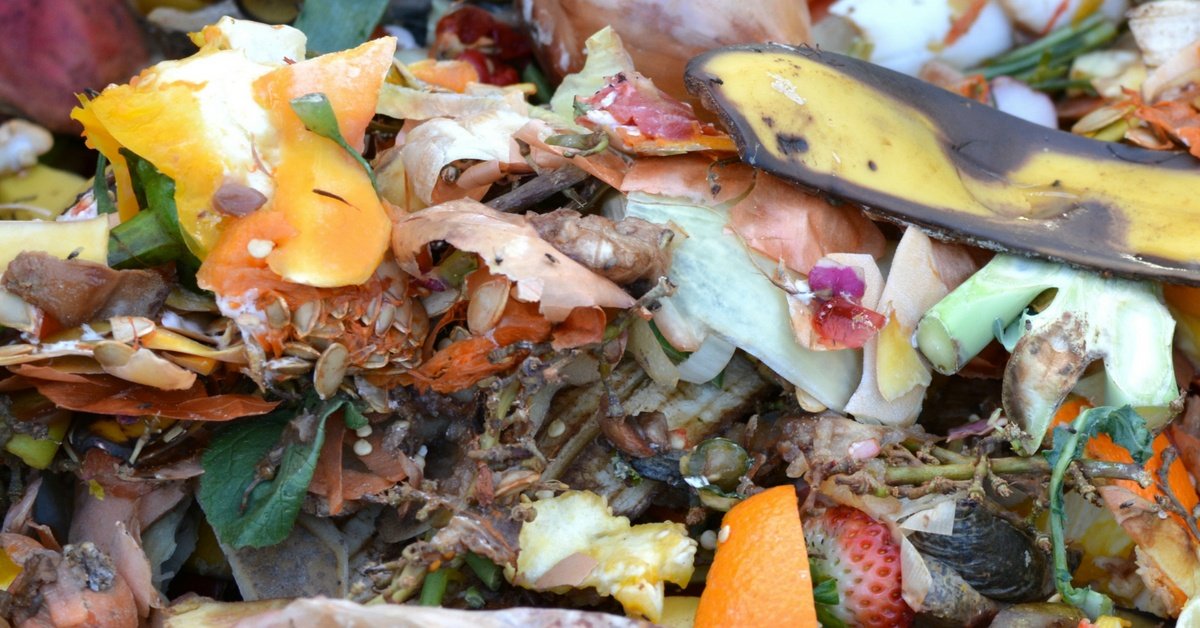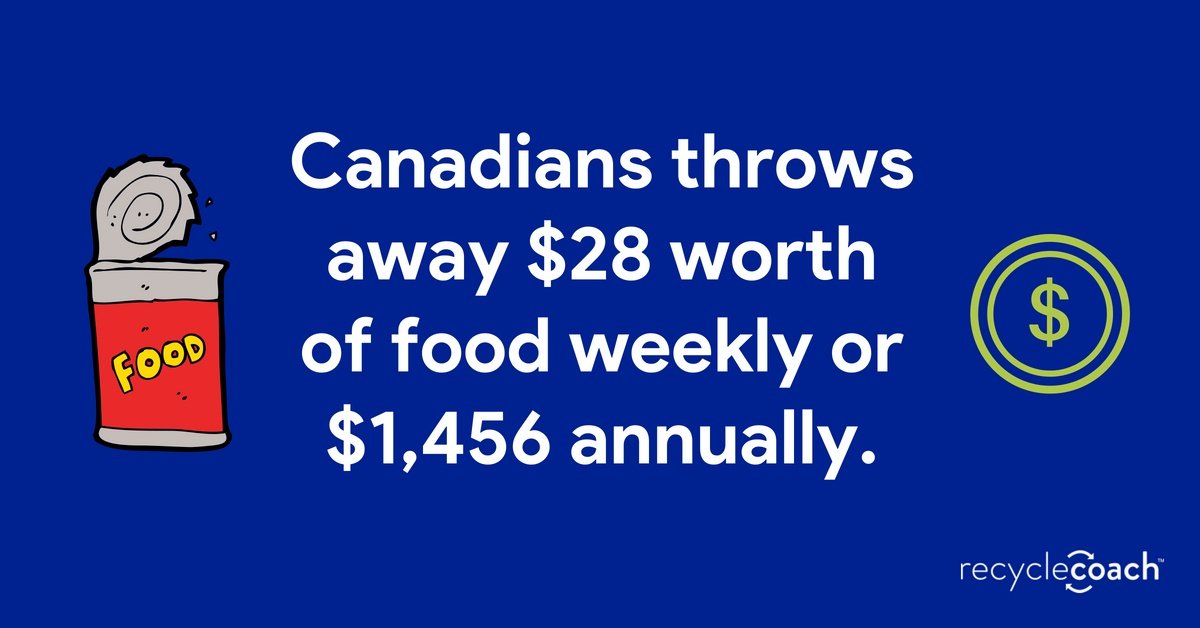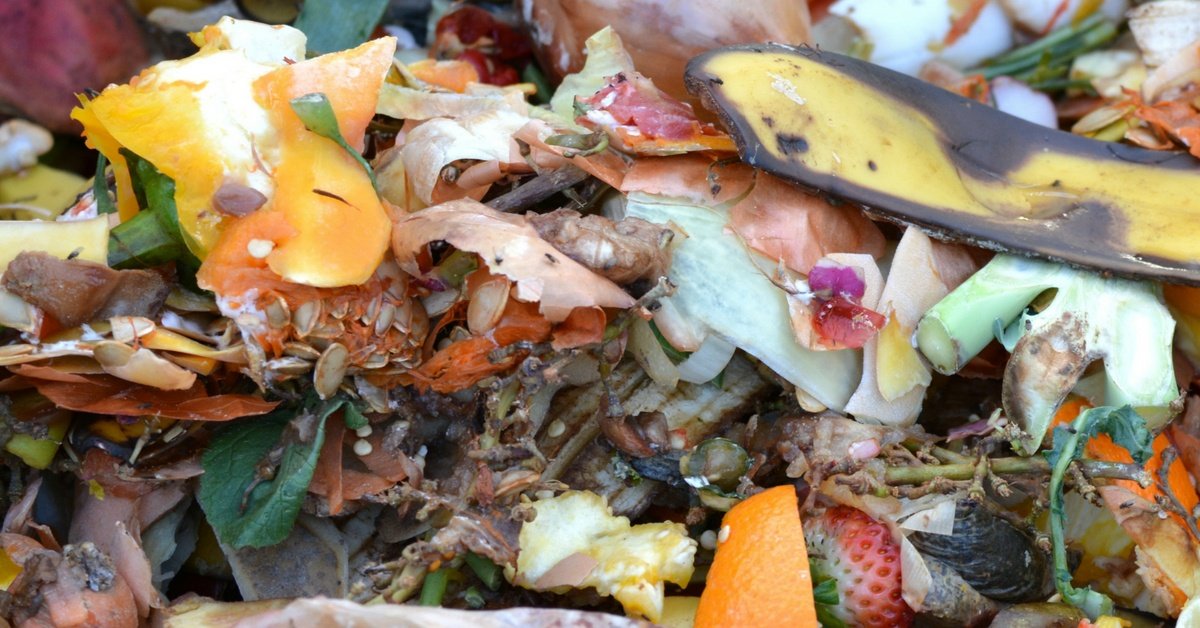5 Ideas To Reduce Residential Food Waste

Do you toss left over or spoiled food into the garbage on a weekly basis? You’re not alone. Many municipalities are finding that food waste is a significant contributor to the organic material portion of the municipal solid waste stream, mostly generated from residents at-home.
In the U.S., almost half of food waste is generated from consumer and residential sources, according to a 2012 Food Waste Reduction Alliance (FWRA) study. The remaining food waste comes from restaurants (37%), institutions such as schools and hospitals (22%), manufacturers (3%), and retailers (2%).
In Canada, 47% of food waste occurs at home. This means that each household throws away $28 worth of food weekly or $1,456 annually.

What is food waste?
Food waste is any raw or cooked food item in a solid or liquid form that will be thrown away. It can be created when food is processed, sold, cooked or served. Food waste can be generated by food producers or residential users.
What causes food waste?
Food waste is caused by various factors including poor storage practices at production, natural disasters, consumers not planning meals properly, and even over supply in the marketplace for certain items. For these reasons, almost one-third of all food produced globally doesn’t make it to consumers tables.

What is the impact of food waste?
There is a significant economic impact since 40% of food that’s produced annually is wasted in Canada. That’s the equivalent of $31 billion dollars worth of food. However, the U.N. Food and Agricultural Organization estimates that the true cost of food waste is over $100 billion when you take into consideration capital investments, machinery, transportation and more.
Food waste also impacts the environment with the:
- Energy and natural resources used to process, transport, store and cook food,
- Production of methane, a powerful greenhouse gas, when food waste is sent to landfills, and
- Significant use of water resources when agriculture produces food items that are not eaten.
How can residents reduce food waste?
Municipalities can work with residents to create awareness campaigns around the impact our food behaviours have on the economy and environment. These awareness campaigns can include an educational component to show how making small changes can have a significant impact and also save residents money.
Here are five ideas you can share with residents to reduce food waste.
- Meal Planning – Take a few minutes every week to take stock of what is already available at home and plan meals for the upcoming week. Here’s a handy and free meal planning template that residents can use before heading out to the grocery store.
- Shopping List – Now that residents have an idea of what they would like to eat for the upcoming week, they can make a shopping list. This will help them stay focused and save money since they’ll be less tempted to buy items they don’t need.
- Food Storage – Once residents are back from the grocery store, they can take a few minutes to ensure they store food properly. For example, fruits, vegetables and herbs have a short shelf life and should be stored correctly in the fridge.
- Preparation and Leftovers – Only cook what you need when you’re preparing food. Try to use your most perishable items first when cooking. Use leftovers for lunch or dinner the next day at work, home or school.
- Composting – Any leftover food scraps should be composted, instead of being thrown into a garbage bag. This allows food waste to be turned into nutrient-rich compost that can be used in gardens.